FACTS AND FIGURES
- 432 nautical miles
- 799 km
- 34 days in Croatia
- 20 sailing days
- 20 places visited
- 2 breakdowns (fridge and hot water)
- 1 day in port
- 2 days at buoy
- 31 days at anchor
FIRST MONTH ON BOARD
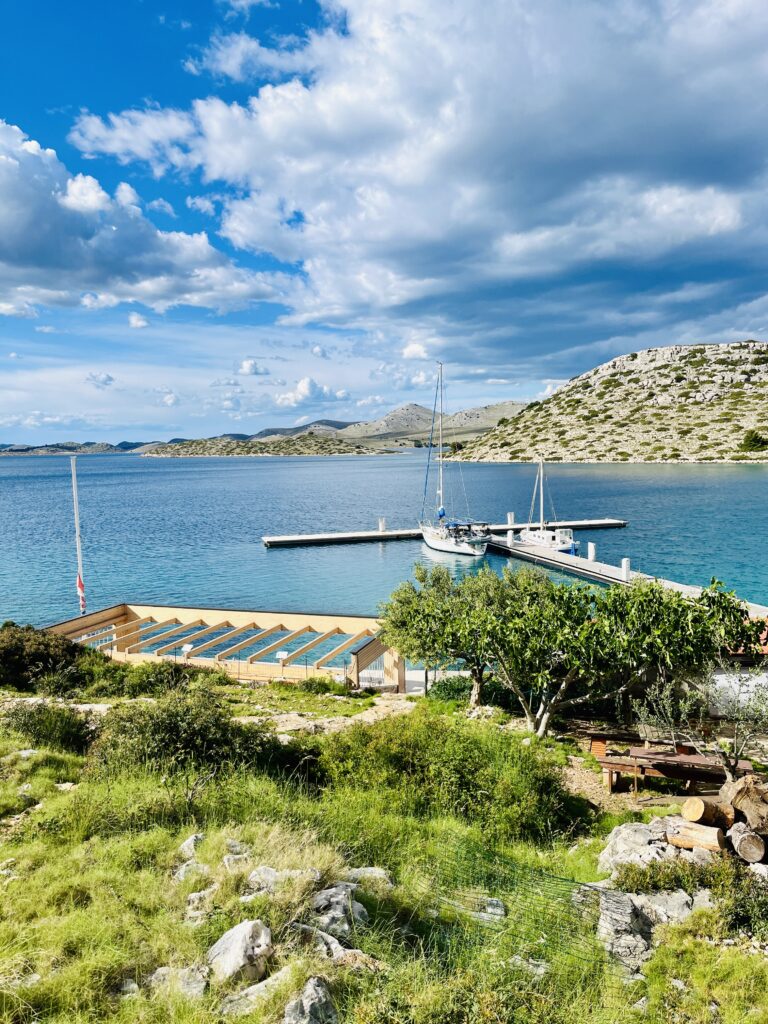


The first month of our trip we were sailing in Croatia. April is the ideal time to discover the authentic beauty of this country. Although we had visited the region before, this time we were able to discover the charm of the country without the influence of tourism. The low season was clearly appreciated in the cities and even on the islands, where many restaurants were still closed. At Kornati Islands, we only saw two people on the island of Levrnaka, who were making preparations to open a guesthouse and told us that the national park would be full of tourists from May onwards. We were lucky to have the beaches, mountains and islands to ourselves.
In most of the places we visited we were able to choose the best bays to anchor in, which helped us reduce mooring costs and enjoy absolute peace and quiet. In the small town of Sali, we moored in the town harbor. We took the opportunity to fill up with water and rinse the boat before heading for the Kornati Islands.
In Umag and Vela Luka (Korčula) we used the buoys at the harbor entrance.
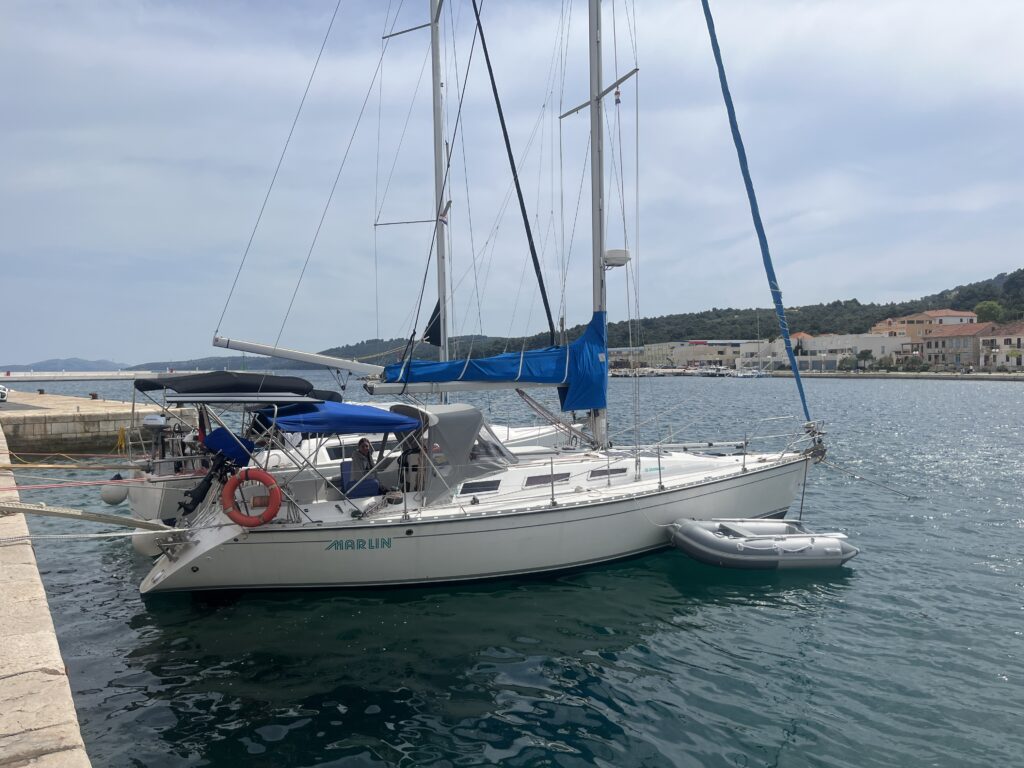
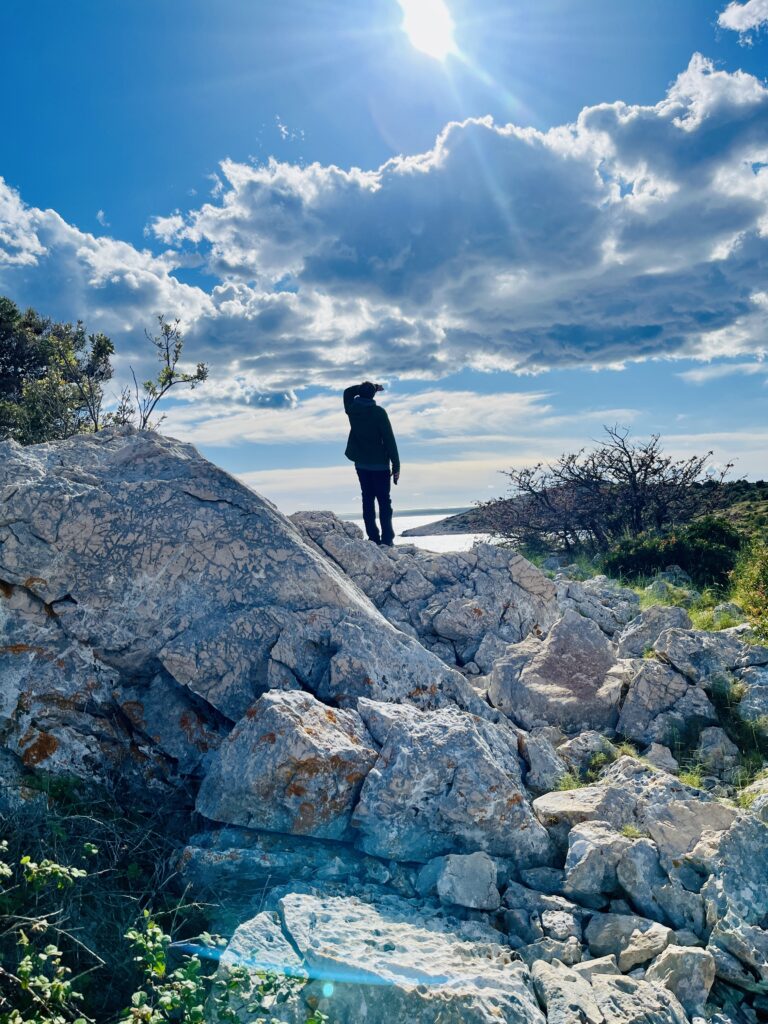
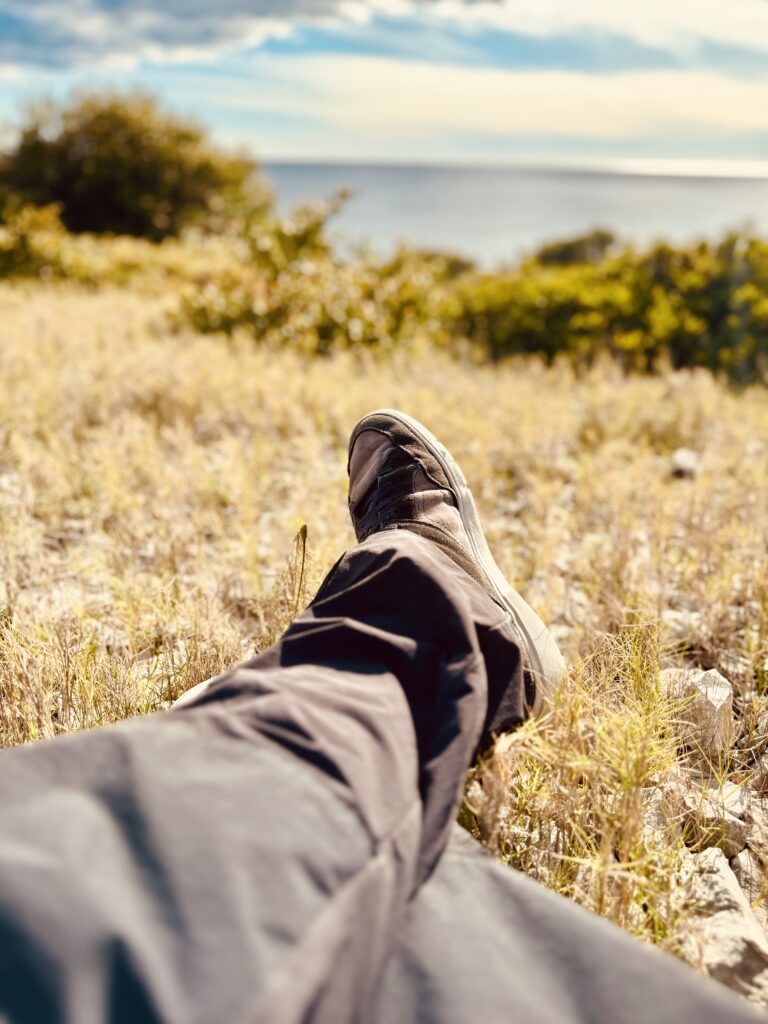
We have spent half of our time sailing. On average, we sailed to the next destination every other day. However, after intensive sailing days, we extended our stays to recover from the trip and have more time to get to know the places.
Living together and working as a team are going very well. Knowing and communicating with each other is the basis for living together in a small space and continuing to learn from each other. The first few days were a phase of adjustment to the new rhythm of life, which is very different from our previous routine. Everyday life on the ship is slower, but full of constant changes that consume a lot of energy and should not be underestimated. We experience geographical, cultural and meteorological changes daily. In addition, every trip is a learning lesson in which we work as a team.
The topic of navigation was particularly important to Noa. After each route, we discuss and share what was successful and what could be improved in the future.
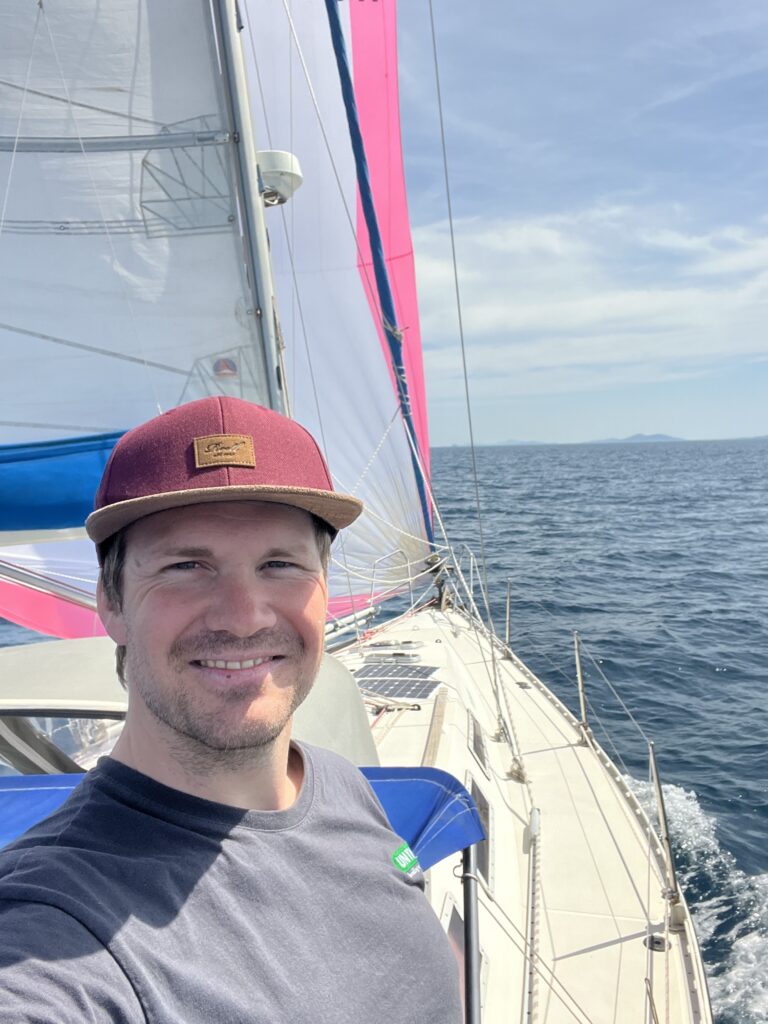
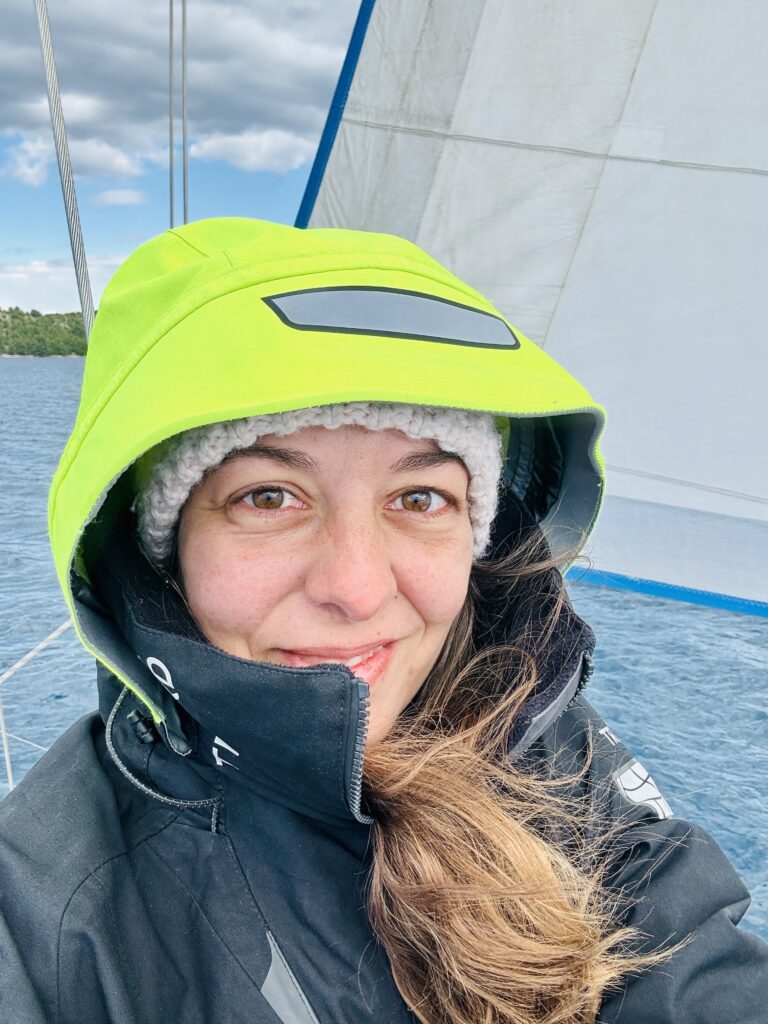

Unexpected breakdowns require adaptation, flexibility and patience. Since we left, the hot water on board has stopped working, so we had to heat water in a pot to be able to shower. Fortunately, it was not difficult to get used to this new way of showering, which also helps reduce water consumption. Until now, we are still investigating the possible causes of the failure that prevents the water from heating up when we use the engine.
The fridge also stopped working, but luckily we have a spare fridge that was previously fitted in our campervan. With this second fridge we were able to avoid running out of fresh food on board. Unfortunately we were unable to find the spare part that we thought would fix the problem. It is still on our shopping list.
Despite the changes, we are very happy to have made the decision to live on board and to have taken the big step, even if it means giving up many of the comforts of the past. We value the time we spend together and are happy about the little things that bring us great happiness. We live with less and appreciate that we actually need less than we thought.

THE HIGHLIGHTS OF CROATIA
Every place on the route we visited in Croatia was unique and authentic. The following places have been the most notable places and highlights for us.

USTRINE (Cres Island)
This small bay southwest of the island of Cres enchanted us with its natural surroundings and crystal clear waters. The bay where we anchored was very sheltered from the wind, so we could enjoy a walk that led to a viewpoint with impressive views of the sea.
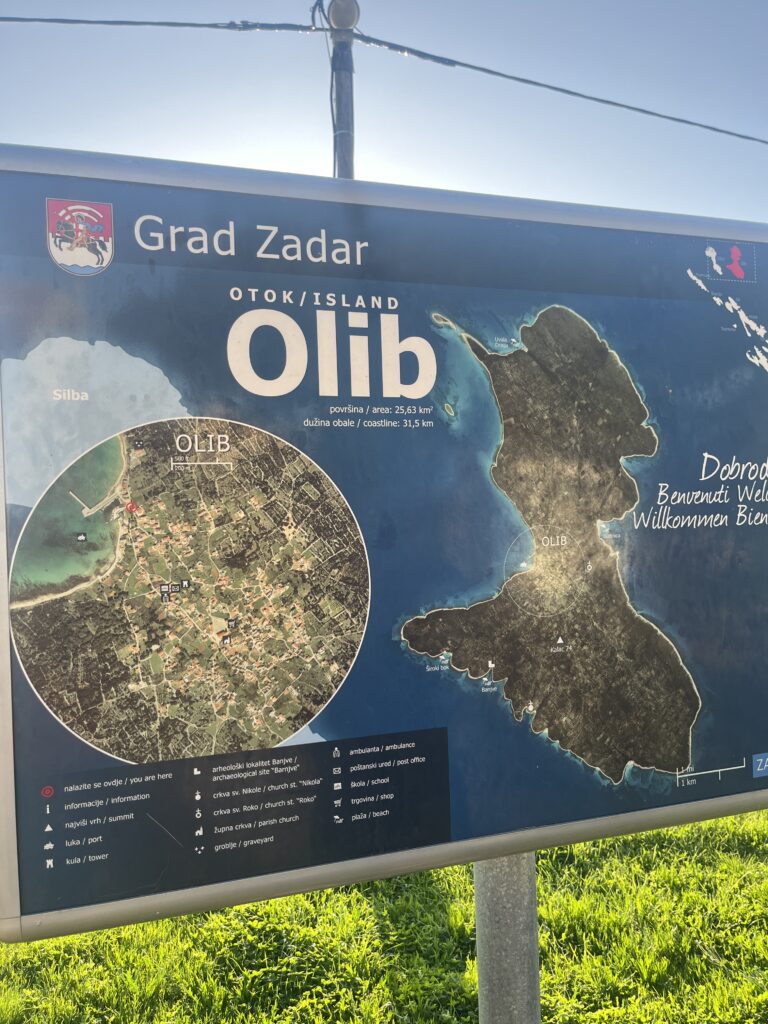
OLIB
Is a very small island northwest of Zadar with just under 140 inhabitants. We were the only tourists in town and the locals watched us curiously. We decided to take a buoy in the bay of Sveti Nikola, which fascinated us with its tranquility and crystal clear water.
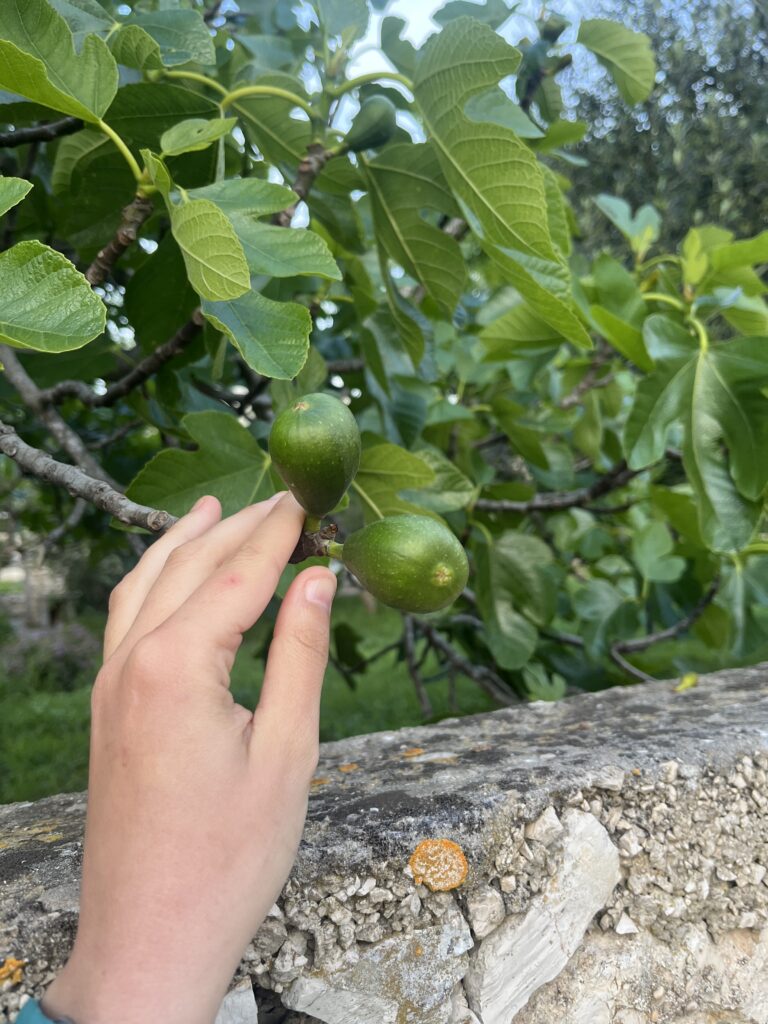
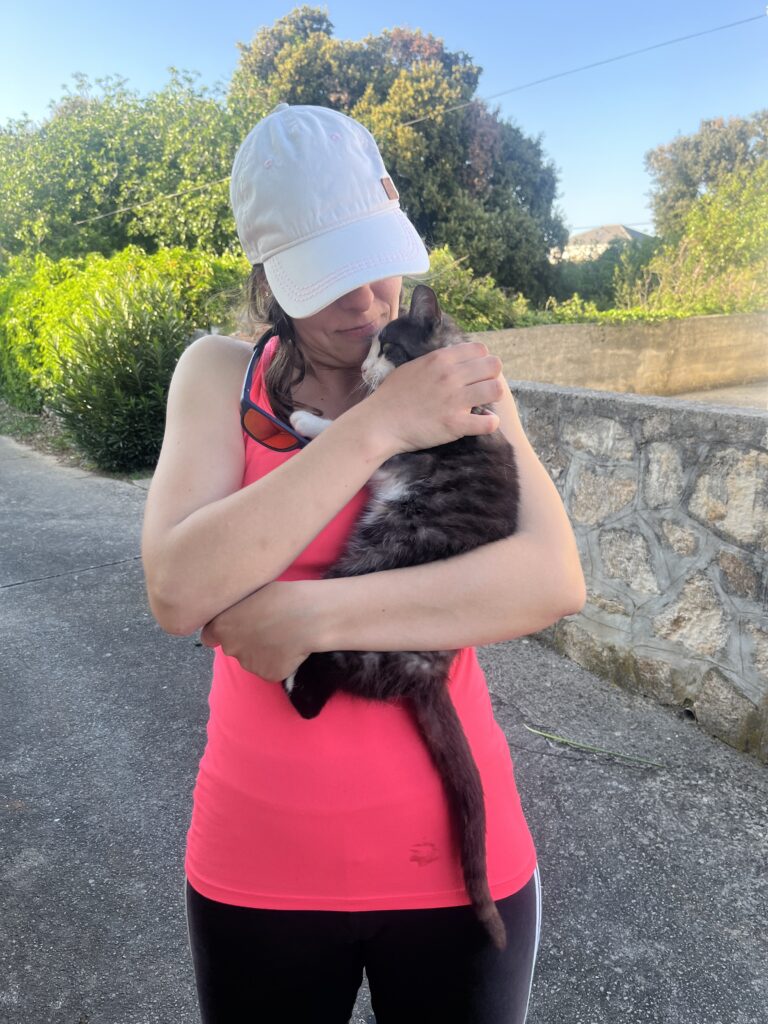


KORNATI ISLANDS
The Kornati are the largest archipelago on the Adriatic coast, declared a national park, and consist of 147 islands. It is a highly recommended destination for lovers of the sea and sailing. To gain access you must buy a ticket. There are different options depending on the duration. We bought a ticket for three days, which includes mooring in buoys. In April they were not yet installed, but since all the islands were empty and no restaurants were open, we were able to moor at the pontoons of the konobas.
The Kornati Islands are a destination that should definitely be visited in the off-season if you want to enjoy absolute peace and nature.
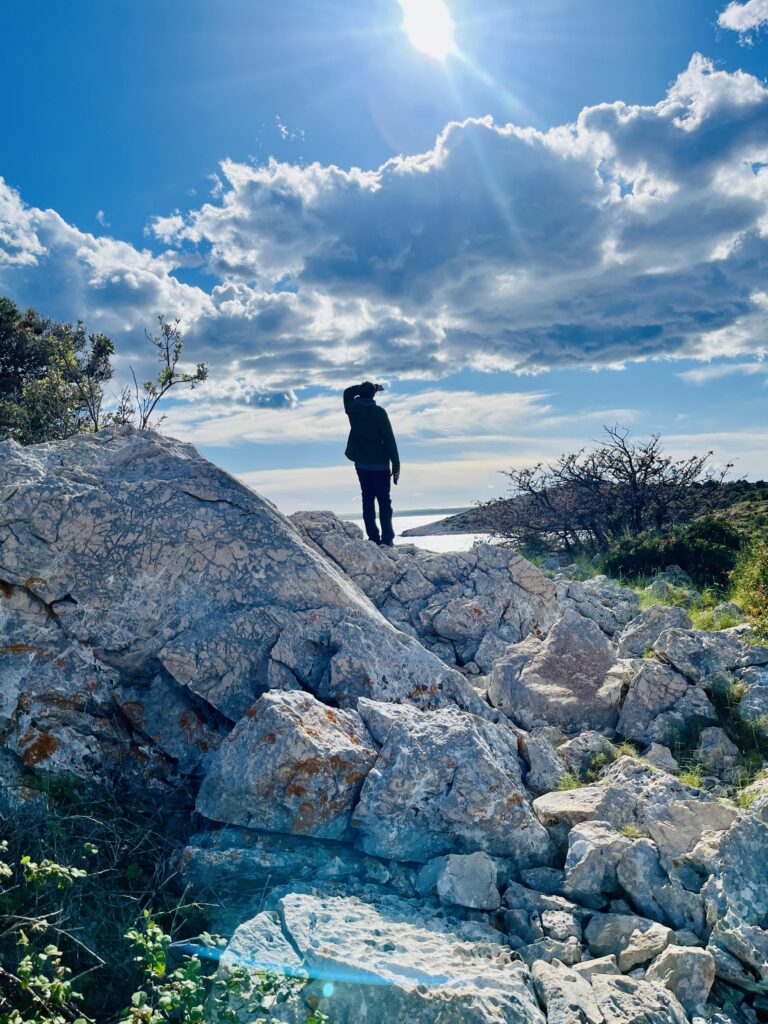
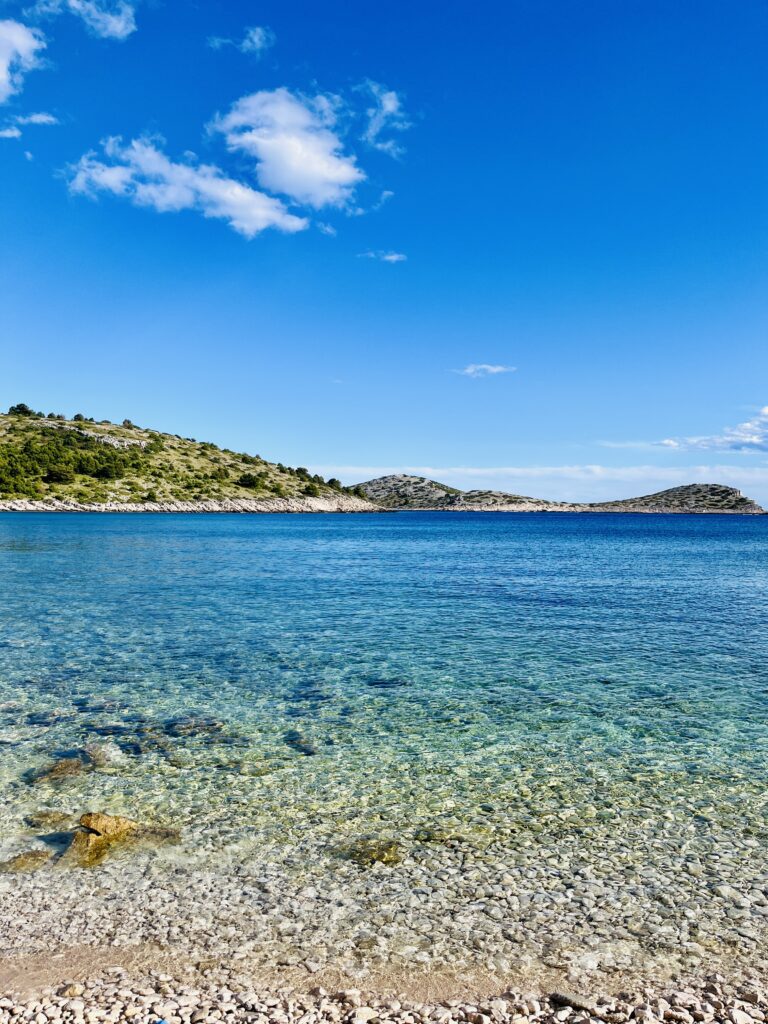


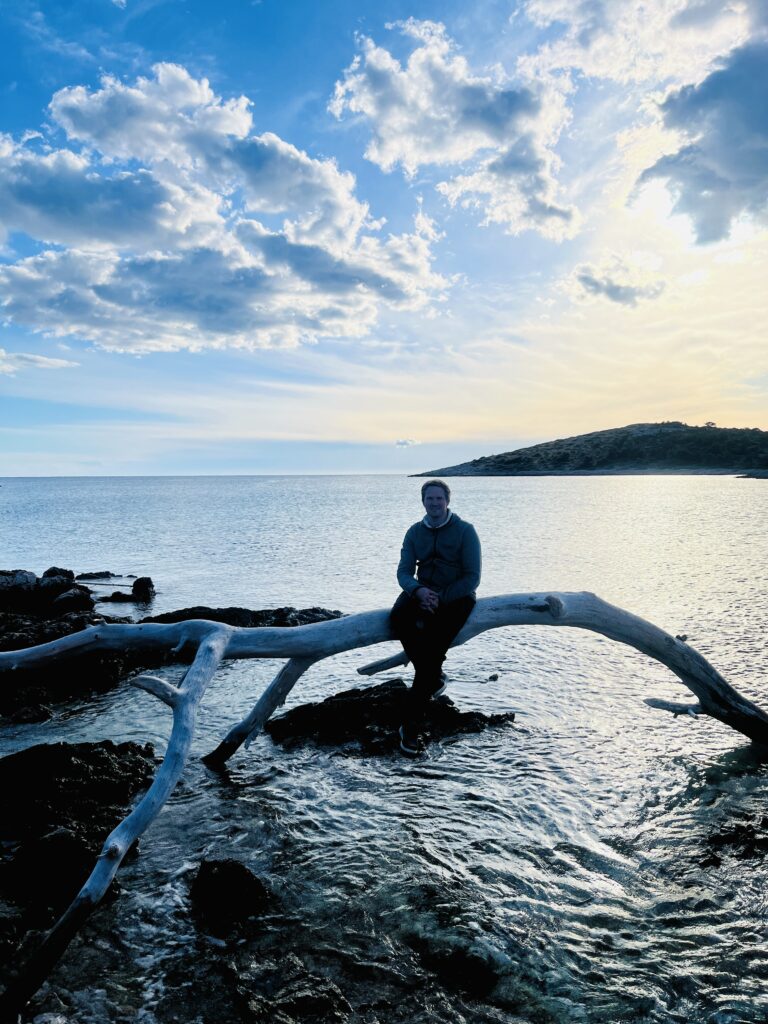
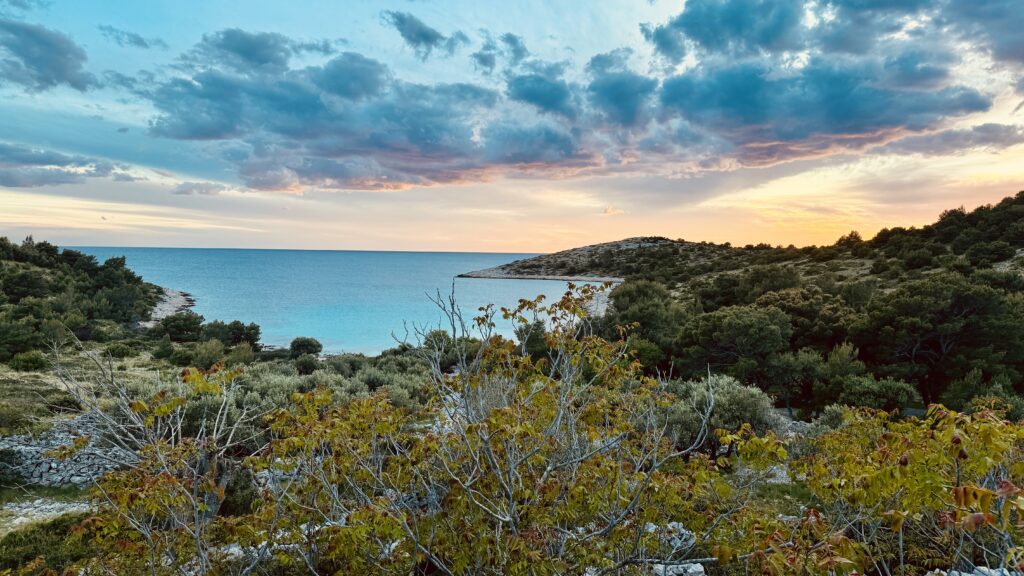
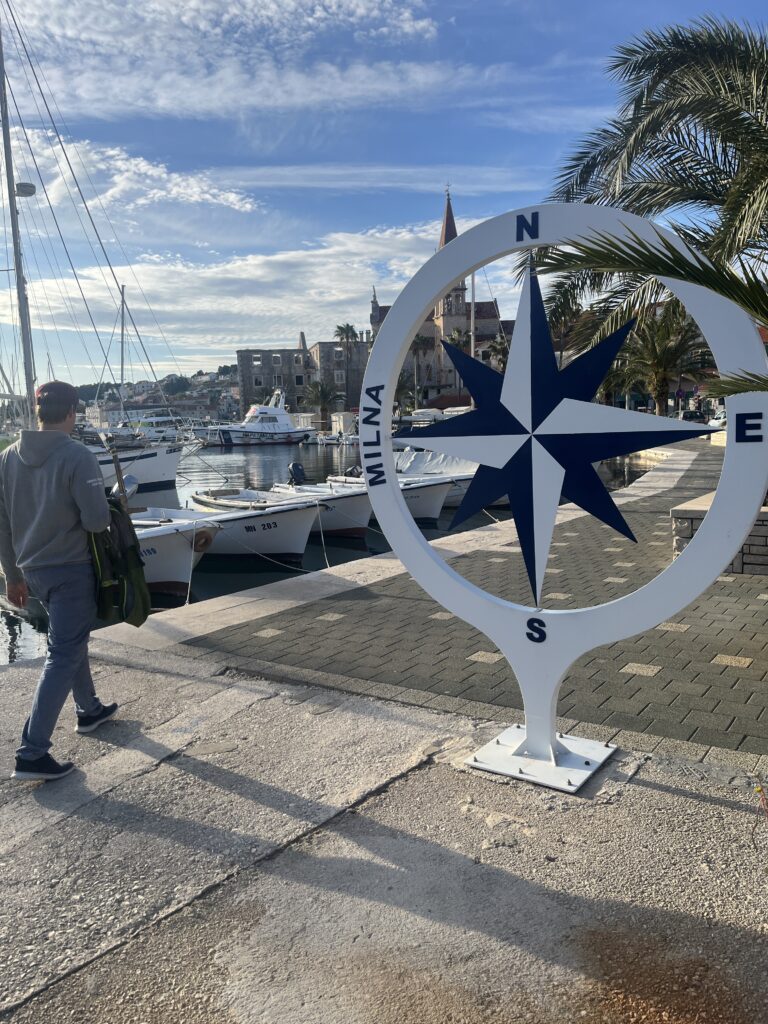
MILNA (Brač Island)
Is a small town on the west side of the island of Brač. The harbor is charming and is considered the best protected on the island. At the entrance to the bay there is a pontoon that is free and open to everyone and has space for 4-5 boats. As it was low season, we luckily found space for ourselves. The town is full of stone houses along the beautiful coast where we could take lovely walks.
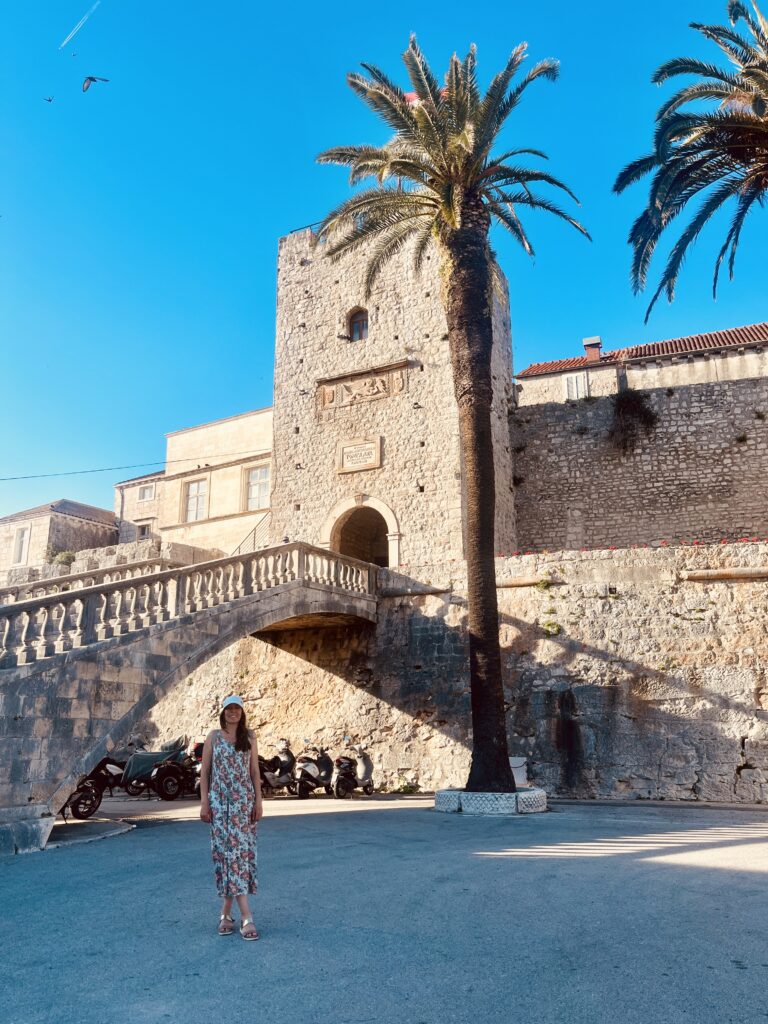
KORČULA
Is an island on the southern Dalmatian coast of the Adriatic Sea. We visited the two towns of Vela Luka and Korčula. What struck us most was the amount of trees and herbs. It is said to be the most forested island in Croatia. Trees and forests cover 61% of the area. The town of Korčula is known as the little Dubrovnik, as both towns have a very similar medieval style. The streets in the old town are laid out in a herringbone shape to allow air circulation and protect against strong winds.
The island of Otok Badija, which is located near the old town, has one of the most beautiful anchorages in front of the monastery that we have visited during our trip so far. The island is characterized by its charming Franciscan monastery and a hiking trail that goes around the island. In addition, you can see many deer on the island, which have become very accustomed to people.

DUBROVNIK
It was the last city we visited in Croatia before heading to Montenegro. Due to the high prices of moorings in the city center, we decided to anchor for free in Zaton, a village right at the entrance to Dubrovnik. From there we took a bus to the city center to explore it in one day. Although it is the most touristy place we found on our tour, it is worth spending a whole day exploring its streets, monuments and castles, which are preserved in perfect condition. The historic center has been declared a World Heritage Site by UNESCO.
TRIPS IN CROATIA
- Umag – Luka Dalja
- Luka Dalja – Vrsar
- Vrsar – Premantura
- Premantura – Luka Ustrine
- Luka Ustrine (Cres) – Uvala Porat (Susak)
- Susak – Silba
- Silba – Olib
- Olib – Dugi Otok (Zman)
- Dugi Otok (Zman) – Sali
- Sali – Kuncabok (Ugljan)
- Kuncabok (Ugljan) – Uvala Levrnaka
- Uvala Levrnaka – Vrulje
- Vrulje – Rogoznica
- Rogoznika – Supetar (Brac)
- Supetar (Brac) – Milna (Brac)
- Milna (Brac) – Hvar (Hvar)
- Hvar (Hvar) – Vela Luka (Korcula)
- Vela Luka (Korcula) – Korcula (Korcula)
- Korcula (Korcula) – Dubrovnik
IMPRESSIONS
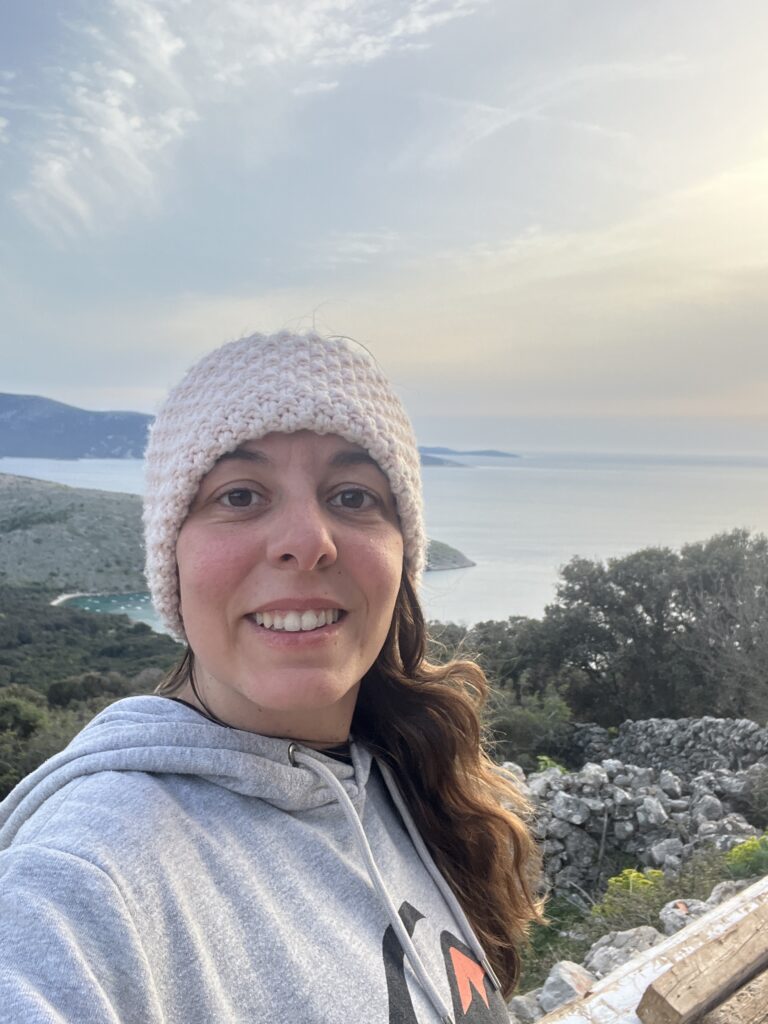






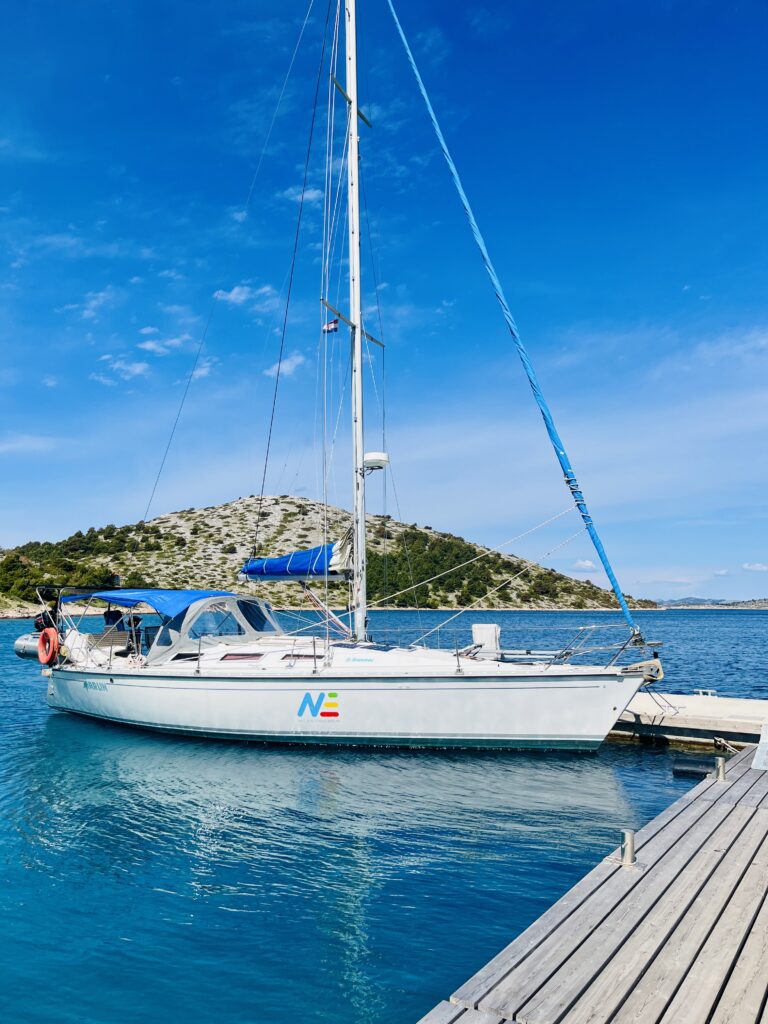
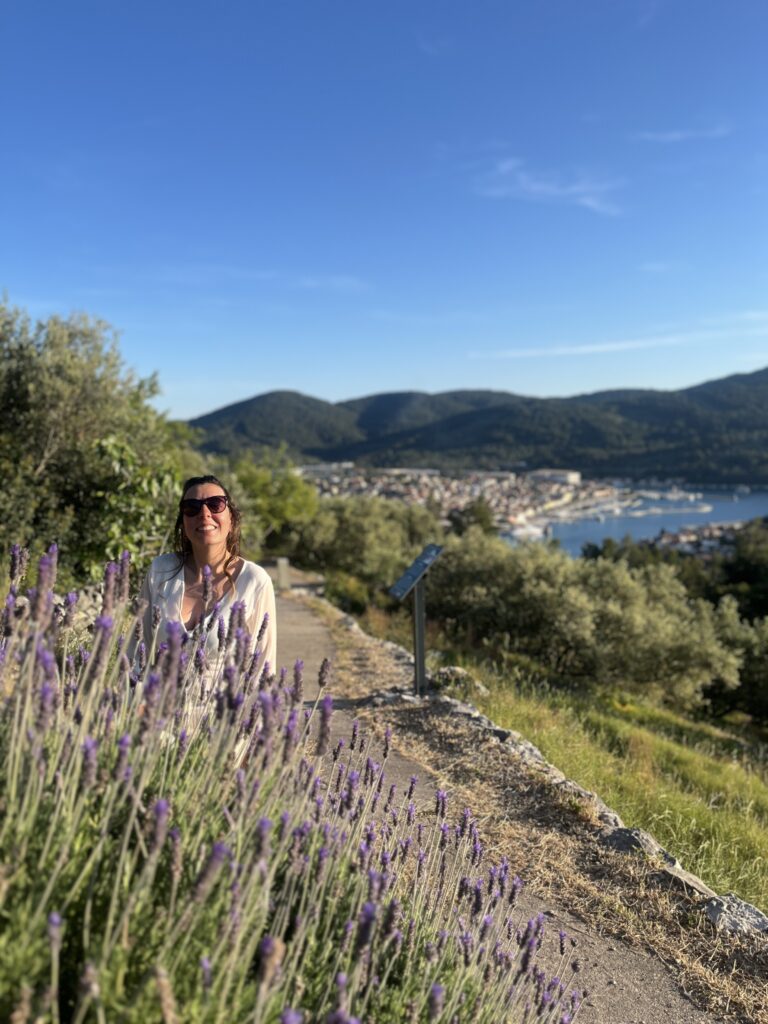


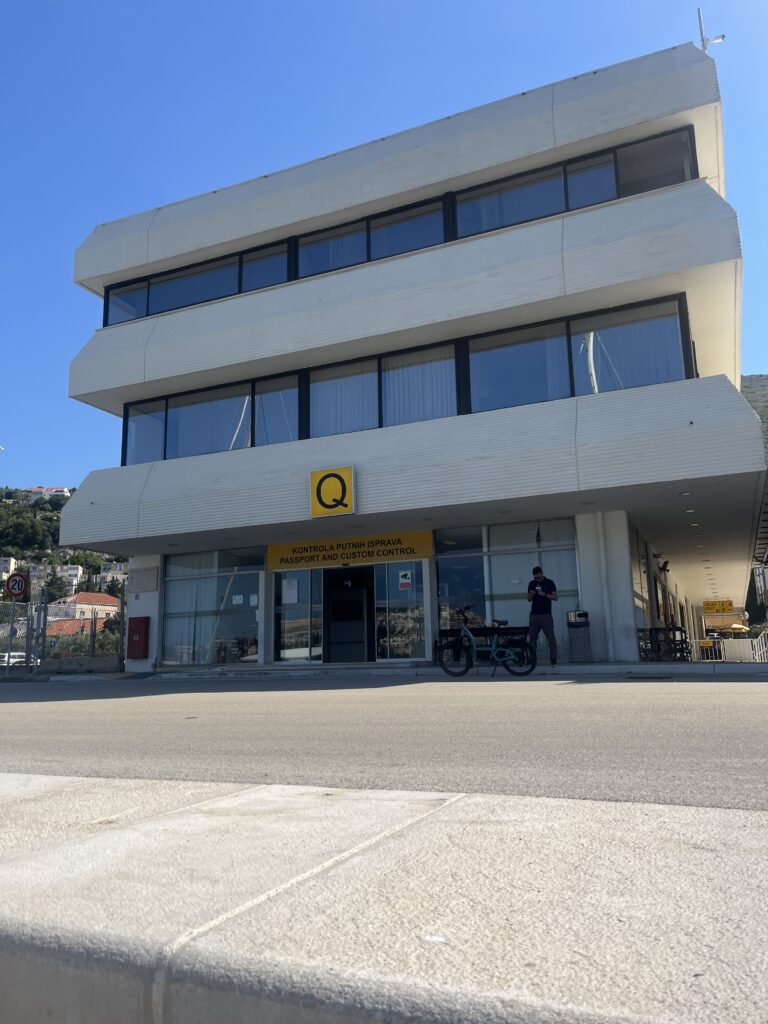
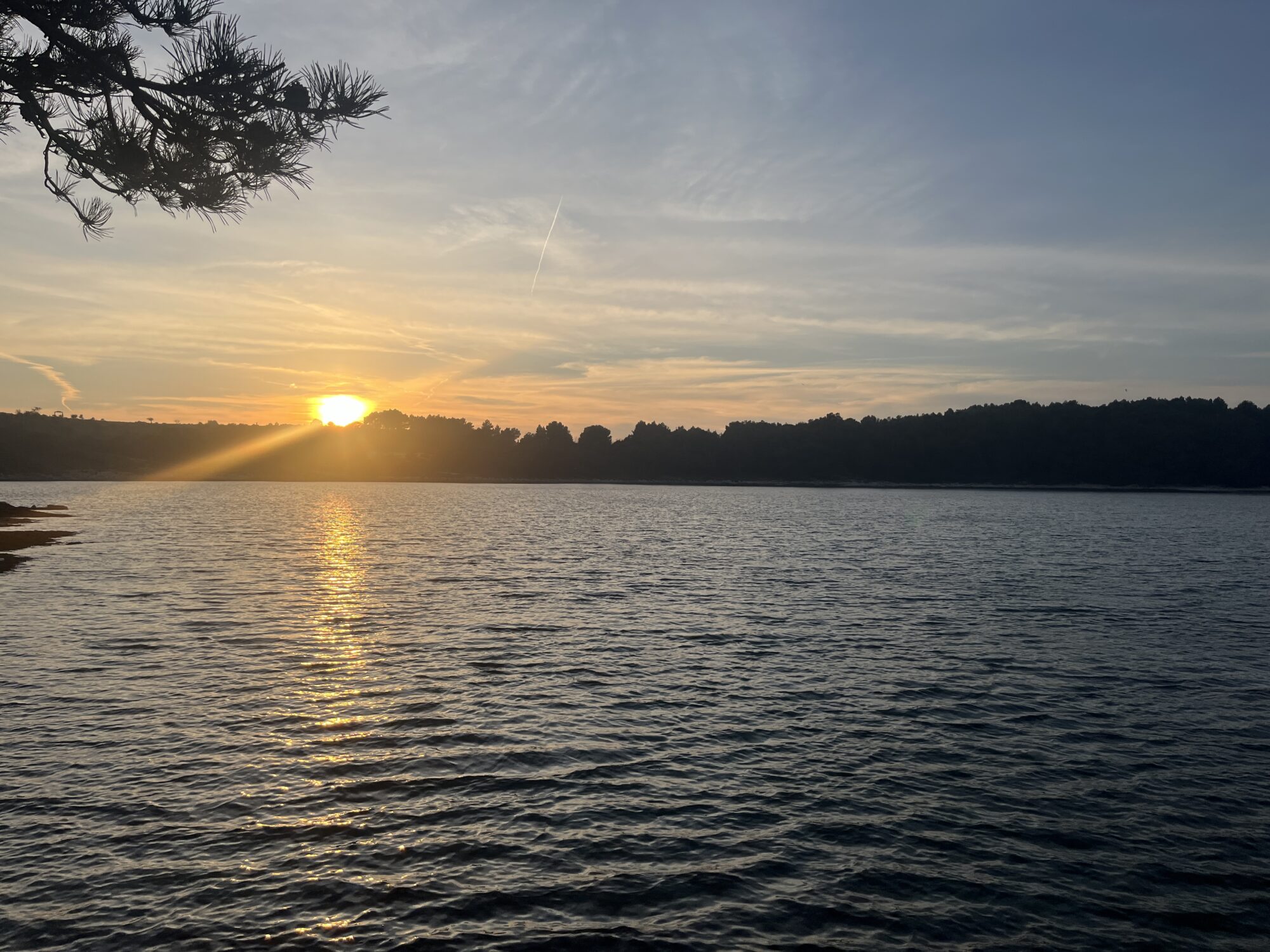
Casi nada!!!…Y tan ricamente…Os deseo que sigáis disfrutando como hasta ahora de los grandes placeres que no tienen precio.Besiños.